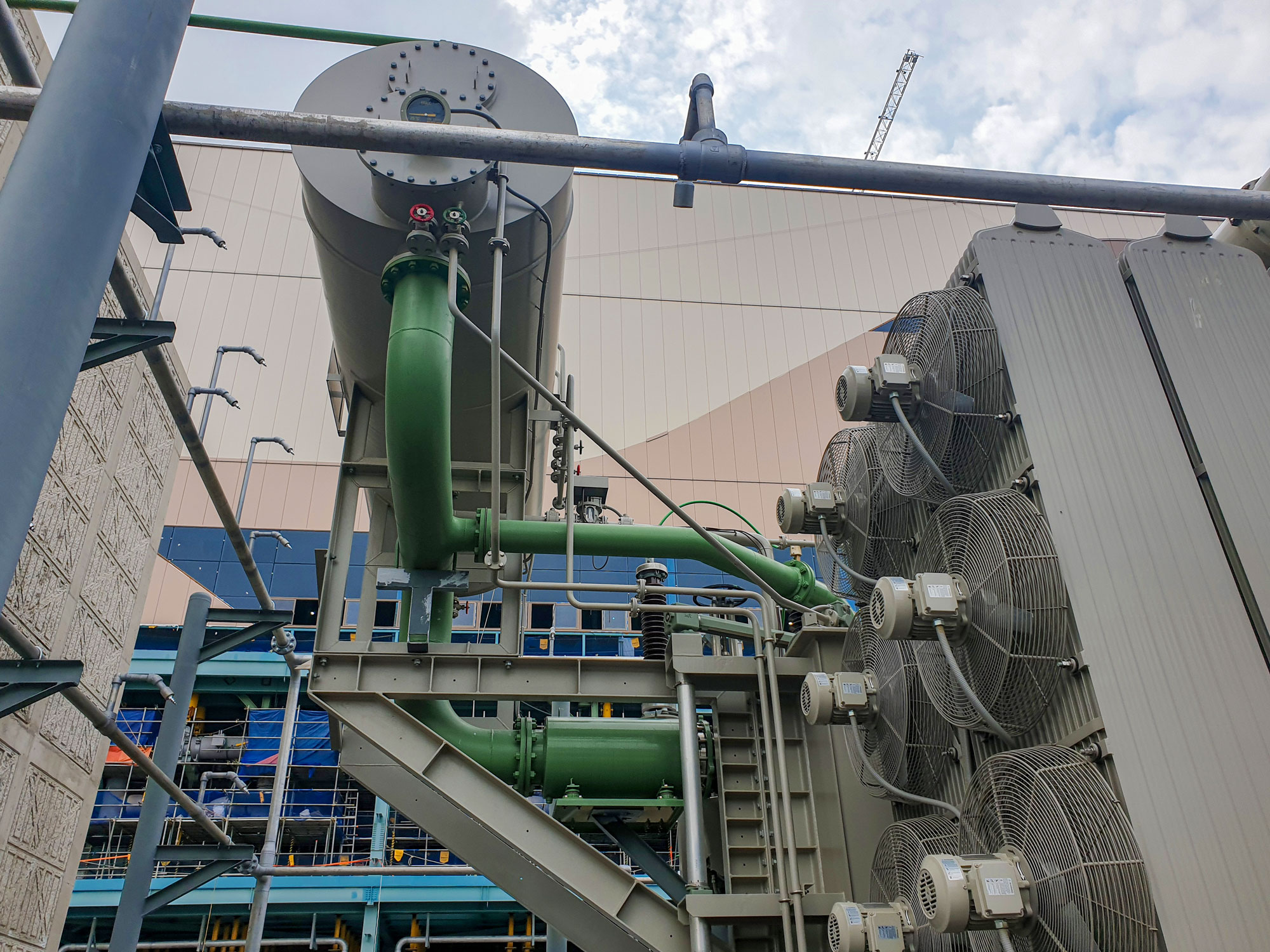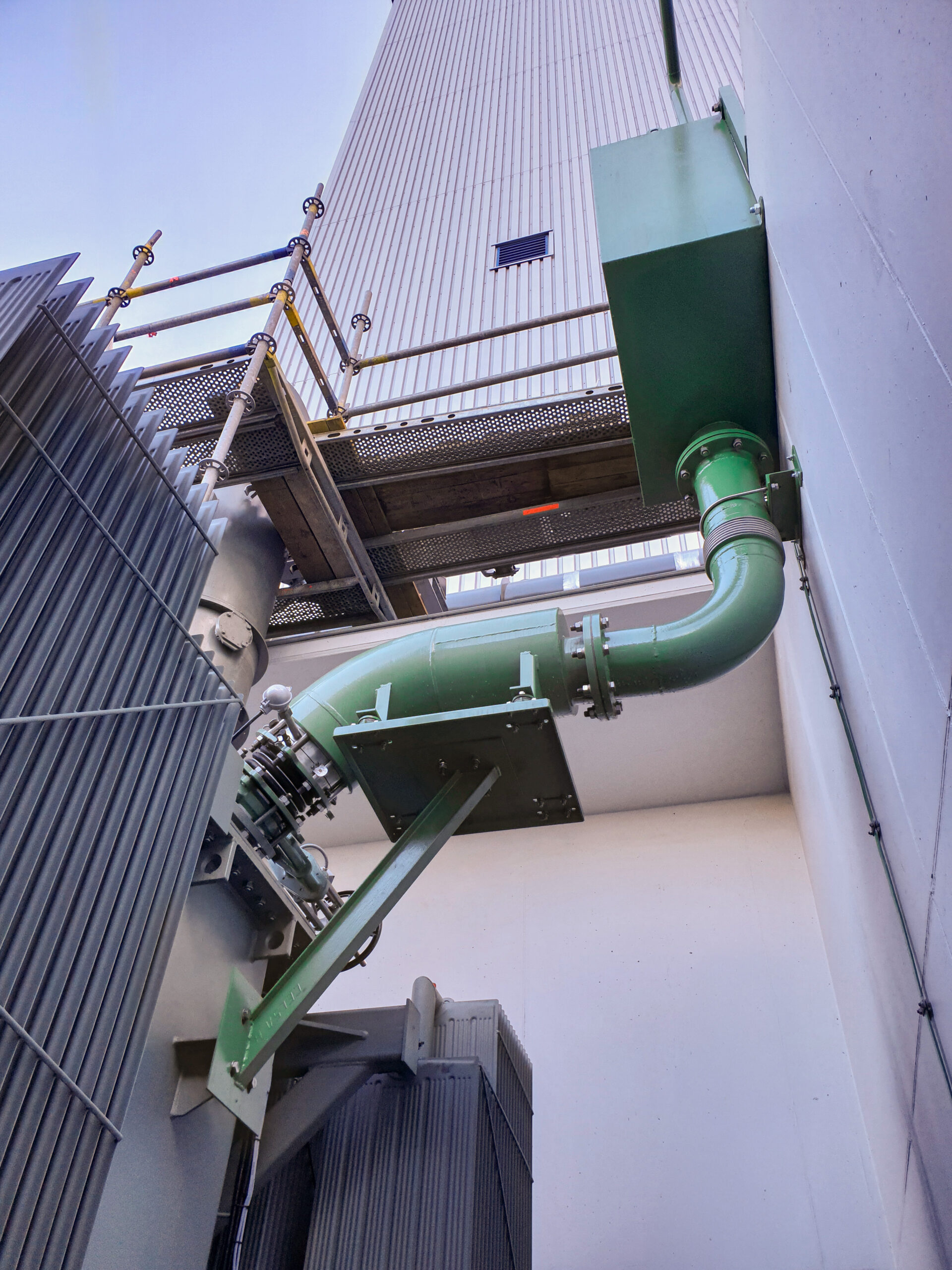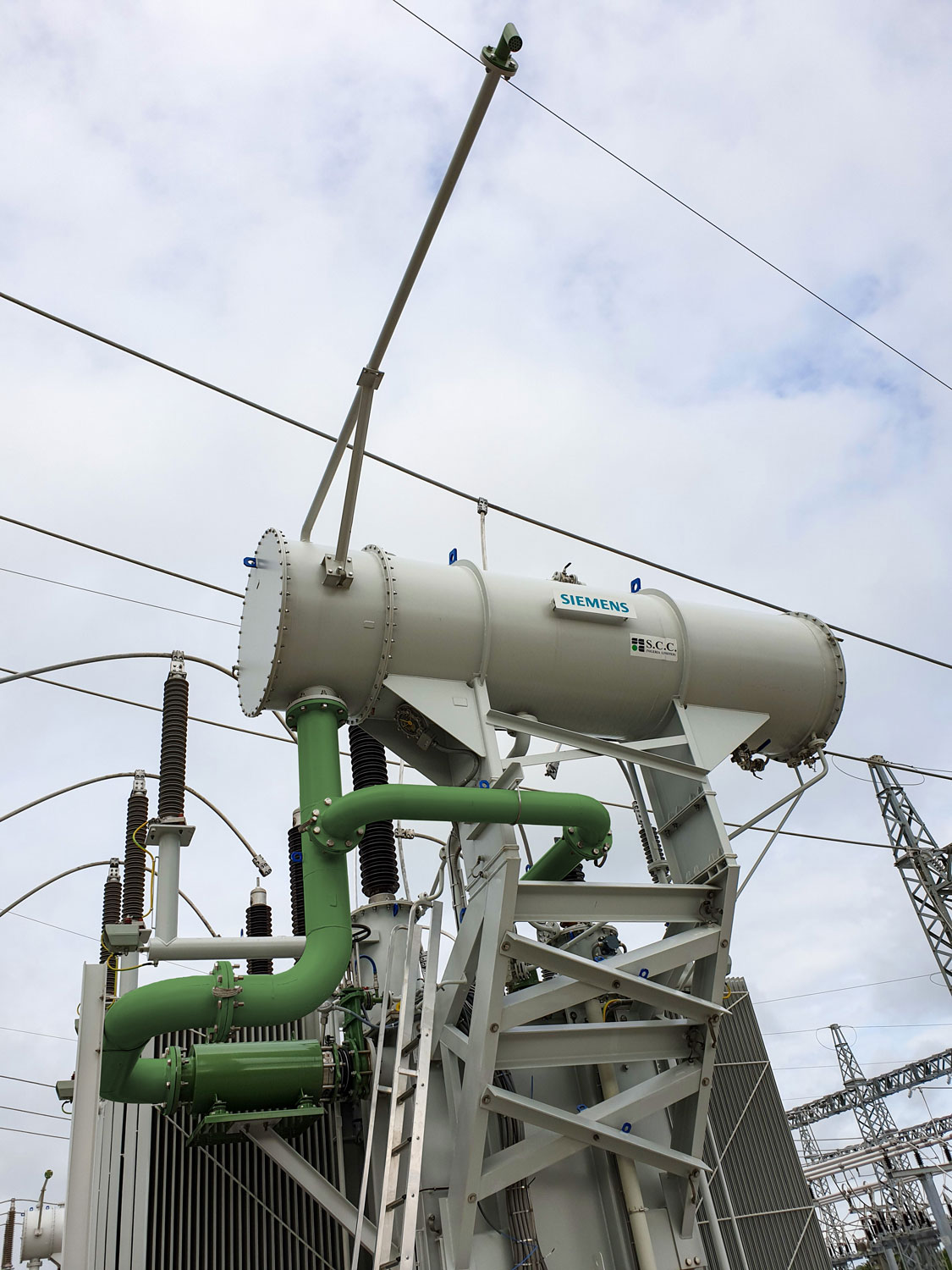TRANSFORMER PROTECTOR (TP)
The sole proven solution to prevent transformers explosions and fire.
The TRANSFORMER PROTECTOR operates as a passive mechanical system, triggered by the First Dynamic Pressure Peak originating from any low impedance fault. Suitable for both new and existing transformers, ranging from 0.1 MVA to 1,000 MVA and beyond, the TRANSFORMER PROTECTOR is versatile in its application.
Featuring various protection configurations tailored to transformer design and customer technical specifications, Transformer Protector Corp. provides a high-performing, cost-effective, and compatible solution. The emphasis is on facilitating ease of implementation without disrupting the existing transformer design.

product highlights

The TRANSFORMER PROTECTOR guarantees a reliable power supply. Through its mechanical operation, it upgrades safety of transformers during cyberattacks, enhancing the resilience and robustness of the energy grid. Resilience entails the ability to withstand disasters, while robustness allows adaptation to evolving energy sources.
TRANSFORMER PROTECTOR FEATURES
The TRANSFORMER PROTECTOR aligns with the definition of a Fast Depressurization System according to the National Fire Protection Association (NFPA), as outlined in NFPA Recommendation 850, 2020 edition

Learn more about the TRANSFORMER PROTECTOR by downloading our brochure
Discover our business segments
Power Generation
Empower your generation plant with advanced protection
Learn morePower Transmission
Shield your powergrid agaist damage and disruptions
Learn moreSpecial Industries
Your critical assets deserve specialized protection
Learn more